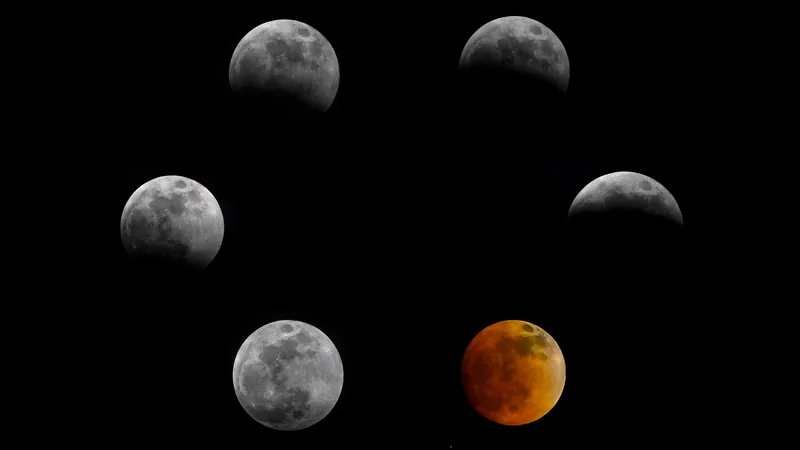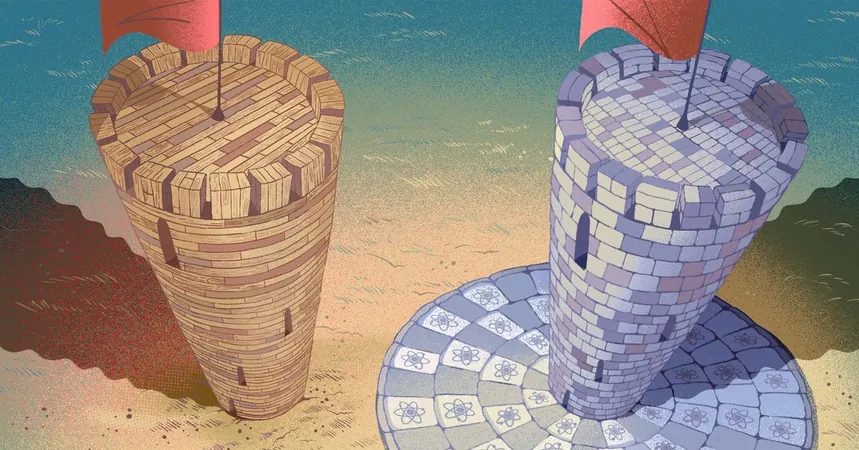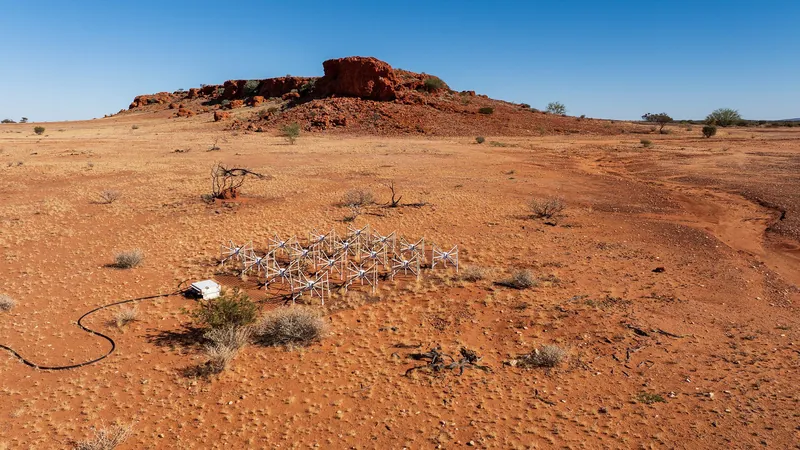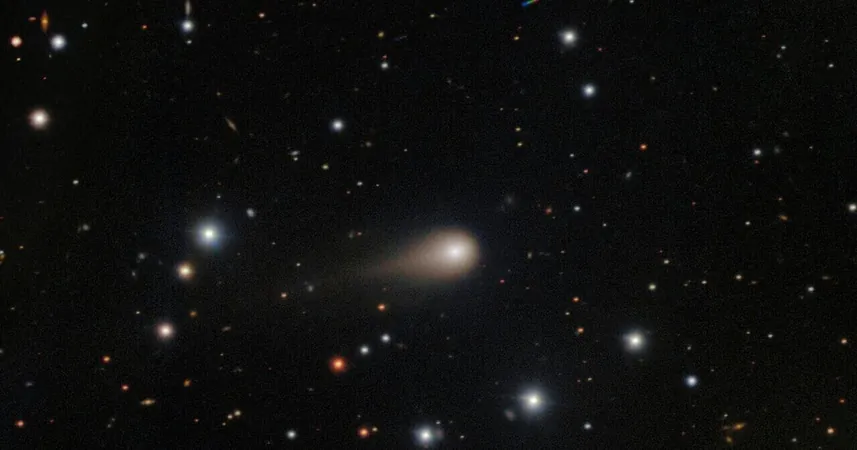
Prepare for the Spectacular 'Blood Moon': What to Expect During the Total Lunar Eclipse on Sept. 7-8
2025-09-06
Author: Charlotte
Get ready to gaze at the night sky on September 7-8 as a breathtaking spectacle unfolds—the total lunar eclipse, famously known as the "blood moon." This celestial event will transform the moon into a hauntingly beautiful deep red orb, thanks to the Earth's shadow.
What’s Happening?
A total lunar eclipse occurs when Earth positions itself directly between the sun and the moon, casting its shadow over our natural satellite. The result? A mesmerizing red glow, created by sunlight refracting through Earth’s atmosphere, similar to the colors seen during sunrise and sunset.
Where and When to Watch?
This enchanting event will be visible across large portions of Asia, western Australia, and eastern Europe. Countries like Spain and Norway will only catch a partial glimpse. Make sure to mark your calendars: the various stages of this eclipse are set to unfold in spectacular fashion!
How to View the Eclipse Safely?
Unlike a solar eclipse, there’s no need for special glasses or filters to view a lunar eclipse. You can enjoy this cosmic event with your naked eye, through binoculars, or using a telescope. If you can’t step outside, don’t fret! There are free livestreams available to catch all the action.
The Stages of the Total Lunar Eclipse
Intrigued about the sequence of events? Here’s how it will unfold:
1. The Moon Enters Earth’s Penumbra
At 11:28 a.m. EDT (1528 GMT) on September 7, the moon will first enter the penumbral shadow of Earth. Watch closely for the subtle darkening on the lunar surface, which will become noticeable shortly after the phase begins, marking the start of an awe-inspiring show.
2. The Shadow Deepens: Earth's Inner Shadow
By 12:27 p.m. EDT (1627 GMT), the moon will drift into the umbra—the darkest part of Earth’s shadow. Expect a more pronounced darkening as the shadow swiftly consumes the lunar disk, beginning with the upper left corner, creating a visually striking effect.
3. Totality: Witness the Blood Moon!
The most exhilarating moment arrives at 1:30 p.m. EDT (1730 GMT) when totality begins. The moon will be fully cloaked in Earth’s umbral shadow, igniting into a brilliant blood moon that glows with shades of red and orange. This magical phase will last around 82 minutes, peaking at 2:11 p.m. EDT (1811 GMT). Prepare for a stunning show—differences in brightness across the lunar surface may be noticeable, depending on atmospheric conditions.
4. The Shadow Retreats
Around 2:52 p.m. EDT (1852 GMT), the umbral shadow will begin to recede, revealing a bright crescent on the left edge of the moon. This partial eclipse phase will last for just over an hour, concluding around 4:55 p.m. EDT (2055 GMT). Enjoy the farewell glow as night returns.
What’s Next?
Don’t put away your stargazing gear just yet! This stunning lunar eclipse will be followed by a partial solar eclipse on September 21, noticeable from parts of southern Australia and various Pacific islands. Get excited—your celestial adventure continues!









 Brasil (PT)
Brasil (PT)
 Canada (EN)
Canada (EN)
 Chile (ES)
Chile (ES)
 Česko (CS)
Česko (CS)
 대한민국 (KO)
대한민국 (KO)
 España (ES)
España (ES)
 France (FR)
France (FR)
 Hong Kong (EN)
Hong Kong (EN)
 Italia (IT)
Italia (IT)
 日本 (JA)
日本 (JA)
 Magyarország (HU)
Magyarország (HU)
 Norge (NO)
Norge (NO)
 Polska (PL)
Polska (PL)
 Schweiz (DE)
Schweiz (DE)
 Singapore (EN)
Singapore (EN)
 Sverige (SV)
Sverige (SV)
 Suomi (FI)
Suomi (FI)
 Türkiye (TR)
Türkiye (TR)
 الإمارات العربية المتحدة (AR)
الإمارات العربية المتحدة (AR)